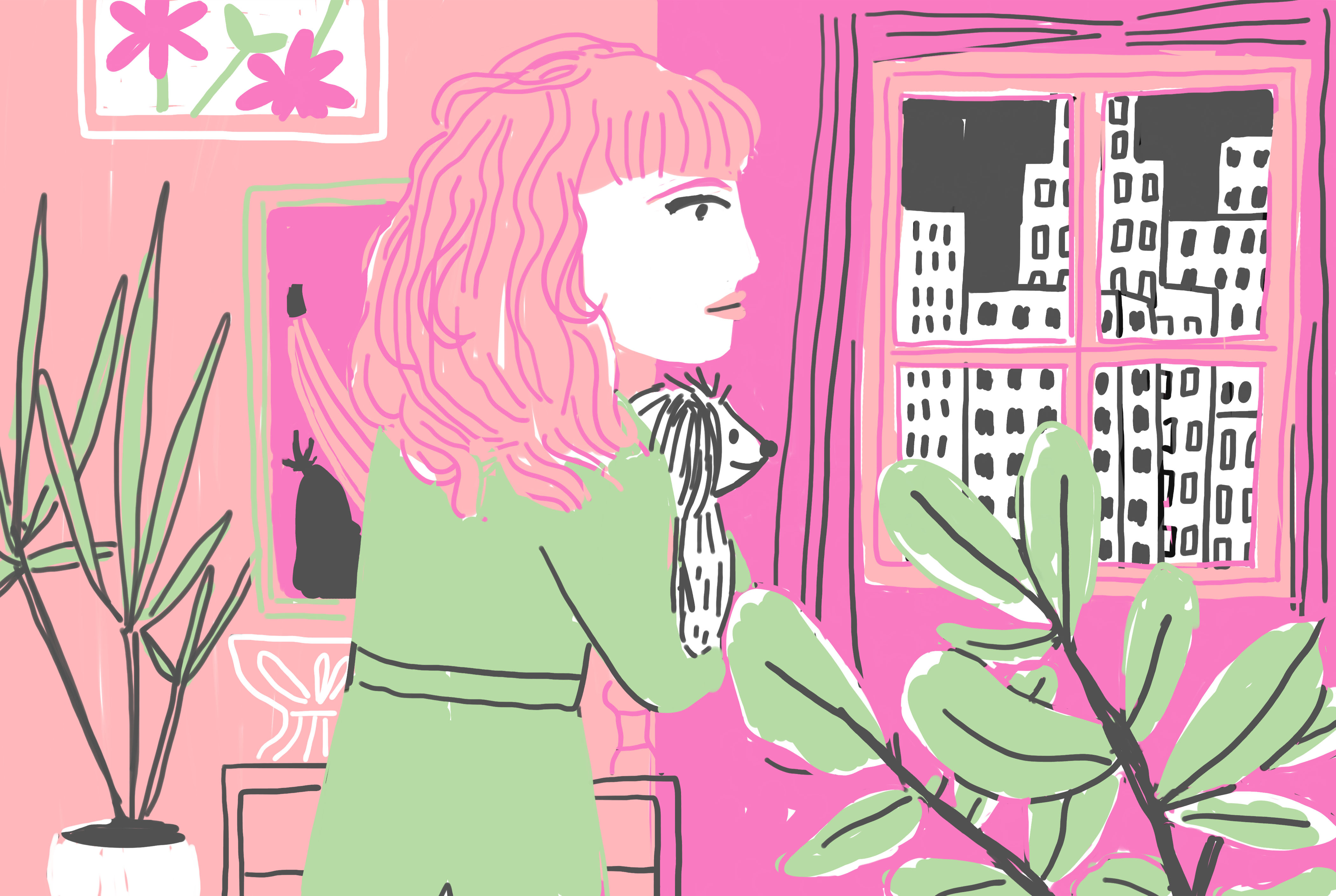
Windowside is a new column that aims to document art as it exists online: the pieces and practices published on and informed by the Internet.
In a ritual familiar to my personal undergraduate journey, I began what turned out to be my last day on campus by throwing up. The first week of March, I’d been recovering from a few bouts of food poisoning (salad stops being good for you if it’s expired, said the nurse at the student health center), and recovering from general exhaustion as a poll worker, and I croaked through a final presentation then skittered to the pharmacy. Hours before my classes went fully Twitch, a week before nurses began protesting for more protective equipment, days before our holy saints of Hollywood sent thoughts and prayers from the mansions revealed to be, as they always were, elaborate panic rooms—I nipped from a jug of Pedialyte and discussed poems with my thesis advisor out on UCLA’s main lawn.
As part of the protest for a cost of living adjustment across UC campuses, the graduate students encouraged us to have class out on the grass in solidarity, to make classroom labor visible and accessible to all. Looking down my timeline now, it seems the world has gathered on that grass. Every hour, in every time zone, someone is teaching a skill, a recipe, a new hobby, to whoever has the technology to tune into the great indoors outside of the internet.
Like the grad student protests, these online workshops have become a place for communities to connect, as well as an economic necessity for teachers and the DIY spaces they represent. There have been many calls for productivity under quarantine, to capitalize on the free time assumed to be universal. With all the new strains on daily life, there’s no need to pressure yourself into writing King Lear 2: The Reckoning. For students of the livestream, it’s not a good time to learn eight new instruments so much as it is deeply therapeutic to cultivate some kind of pleasurable, intuitive art practice. There are many ways to approach this, and I hope to present a useful path as your very correct and picky guide. Going forward, this column will focus on art as part of a restorative process for both artists and audiences. Joy can be a compass. Even when describing a wound’s contours, there exists the thrill of articulation.
Rhiannon Recommends:
You have reached your article limit
Sign up for a digital subscription and continue reading all new issues, plus our entire archives, for just $1.50/month.
Already a subscriber? Sign in




